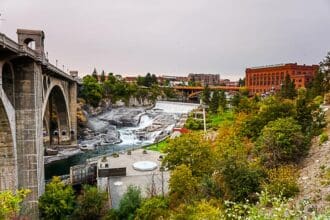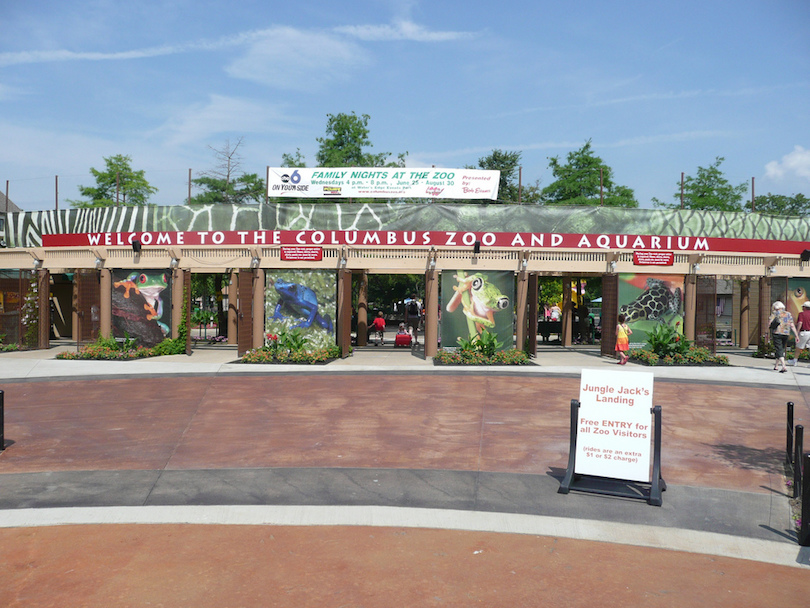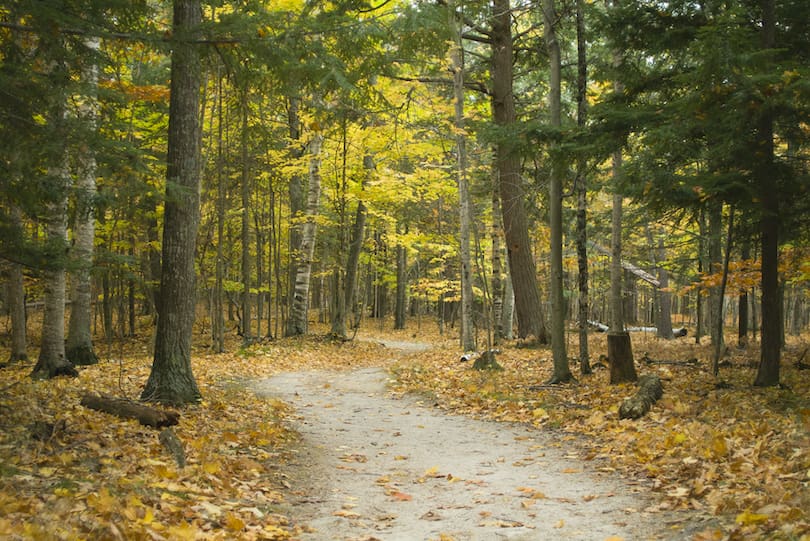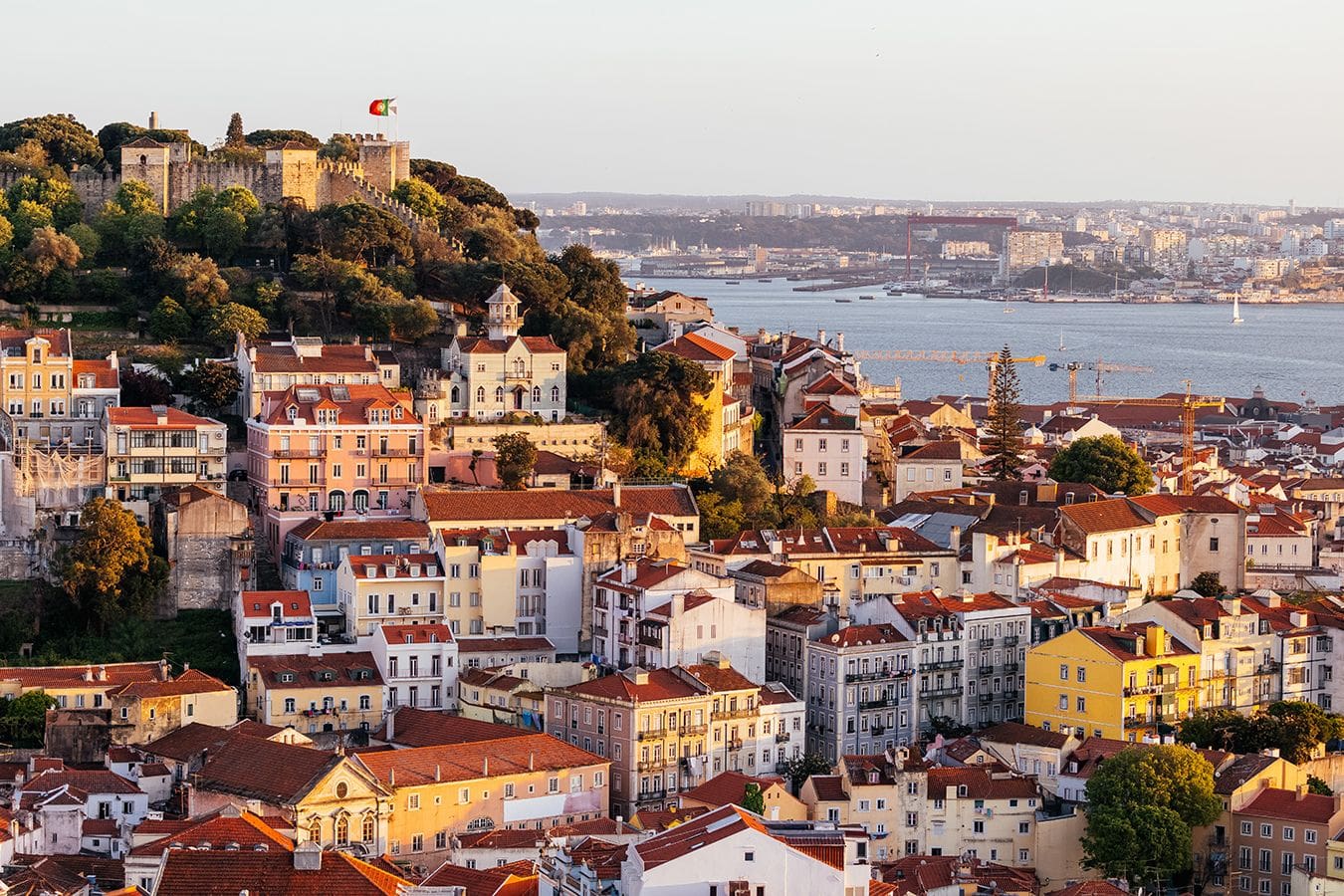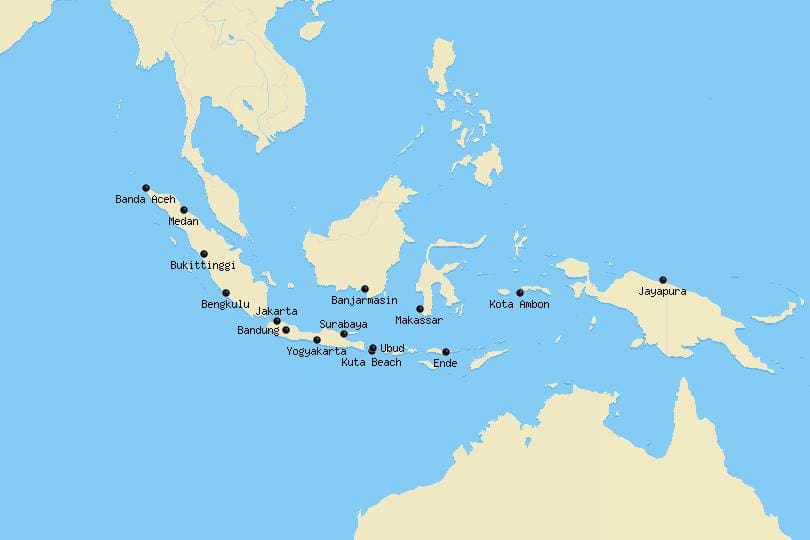Nestled in the lush hills of Manipur, Senapati is a district that remains relatively untouched by mainstream tourism, offering travelers an authentic glimpse into the natural beauty, cultural richness, and historical significance of Northeast India. Known for its verdant landscapes, vibrant tribal communities, and serene lakes, Senapati is a paradise for nature lovers, adventure seekers, and culture enthusiasts alike. In this article, we will explore the top 5 places to visit in Senapati , uncovering the hidden gems that make this region truly special.
1. Yangoupokpi-Lokchao Wildlife Sanctuary: A Haven for Nature Enthusiasts
The Yangoupokpi-Lokchao Wildlife Sanctuary is one of the most pristine and biodiverse regions in Senapati. Spanning over 184 square kilometers, this sanctuary is home to a wide variety of flora and fauna, making it a must-visit destination for wildlife enthusiasts and nature lovers.
Why Visit Yangoupokpi-Lokchao Wildlife Sanctuary?
This sanctuary serves as a natural corridor between India and Myanmar, providing a unique opportunity to witness rare species of animals and birds. The dense forests, rolling hills, and tranquil streams create a serene environment that is perfect for exploration and relaxation.
Activities to Enjoy
- Wildlife Safaris: Spot animals like the Hoolock Gibbon , Barking Deer , and Clouded Leopard during guided safaris.
- Birdwatching: Observe migratory and endemic bird species such as the Hornbill , Eagle , and Kingfisher .
- Trekking: Explore the sanctuary’s trails and enjoy panoramic views of the surrounding landscape.
Detailed Exploration of Yangoupokpi-Lokchao Wildlife Sanctuary
The sanctuary is divided into two parts: Yangoupokpi and Lokchao , each offering distinct experiences. Yangoupokpi is known for its dense evergreen forests, while Lokchao is characterized by its grasslands and wetlands. Together, they form a habitat for over 200 species of birds and numerous mammals.
One of the highlights of the sanctuary is the presence of the Hoolock Gibbon , India’s only ape species. These primates are often seen swinging through the trees, creating a mesmerizing sight for visitors. The sanctuary is also home to other endangered species like the Clouded Leopard and Sambar Deer , making it a critical area for conservation efforts.
For birdwatchers, the sanctuary is a paradise. Species like the Great Hornbill , Indian Eagle-Owl , and Oriental Honey Buzzard can be spotted here. Early morning and late afternoon are the best times for birdwatching, as the birds are most active during these hours.
Trekking is another popular activity in the sanctuary. Trails range from easy walks to challenging hikes, catering to all levels of fitness. Along the way, visitors can admire waterfalls, streams, and panoramic views of the Manipur Valley. Local guides are available to provide insights into the region’s biodiversity and cultural significance.
Accommodation options near the sanctuary include eco-lodges and campsites, allowing visitors to immerse themselves in nature while minimizing their environmental impact.
2. Mao Village: A Cultural and Historical Gem
Mao Village , located on the border of Manipur and Nagaland, is a vibrant hub of culture and tradition. Known for its rich heritage and warm hospitality, this village offers a unique opportunity to experience the lifestyle and customs of the Mao Naga tribe .
Why Visit Mao Village?
Mao Village is steeped in history and tradition, with its roots dating back centuries. The village is famous for its annual Maram Festival , which celebrates the harvest season and showcases the tribe’s cultural practices. Visitors can interact with locals, learn about their customs, and participate in traditional activities.
Activities to Enjoy
- Cultural Immersion: Participate in local festivals, dances, and rituals.
- Handicraft Shopping: Purchase handmade items like bamboo baskets, shawls, and jewelry.
- Scenic Views: Enjoy breathtaking views of the surrounding hills and valleys.
Detailed Exploration of Mao Village
Mao Village is perched on a hilltop, offering stunning views of the Manipur Valley and the distant mountains. The village is divided into several hamlets, each with its own unique charm. Traditional houses made of wood and bamboo dot the landscape, reflecting the tribe’s architectural style.
One of the main attractions in Mao Village is the Maram Festival , held every year in December. During this festival, villagers dress in traditional attire and perform folk dances like the Konyak Dance . Rituals and ceremonies are conducted to honor the gods and seek blessings for prosperity. Tourists are welcome to join in the celebrations and experience the vibrant energy of the event.
For those interested in handicrafts, Mao Village is a treasure trove of handmade items. The Mao Naga Shawl , woven with intricate patterns, is a popular souvenir. Other products like bamboo baskets, pottery, and beadwork are also available at local markets. These items not only serve as mementos but also support the livelihoods of local artisans.
The village is also a great place to sample traditional Naga cuisine. Dishes like smoked pork , bamboo shoot curry , and fermented soybean chutney are staples of the local diet. These flavorful dishes are a testament to the tribe’s culinary expertise.
3. Paomei Village: A Glimpse into Tribal Life
Paomei Village is another enchanting destination in Senapati, known for its picturesque setting and vibrant community. Home to the Paomei tribe , this village offers a fascinating insight into the region’s tribal culture and traditions.
Why Visit Paomei Village?
Paomei Village is a hidden gem that remains largely unexplored by tourists. Its tranquil environment and friendly locals make it an ideal destination for those seeking an off-the-beaten-path experience. The village is also known for its traditional festivals and artistic expressions.
Activities to Enjoy
- Festival Participation: Join in celebrations like the Paomei New Year Festival and witness traditional dances and music.
- Art Appreciation: Admire the tribe’s unique art forms, including wood carvings and paintings.
- Nature Walks: Explore the village’s lush surroundings and enjoy the fresh mountain air.
Detailed Exploration of Paomei Village
Paomei Village is nestled amidst rolling hills and dense forests, creating a serene and idyllic setting. The village is home to approximately 2,000 residents, who live in harmony with nature. Traditional houses made of stone and wood reflect the tribe’s sustainable lifestyle.
One of the highlights of Paomei Village is its New Year Festival , celebrated with great enthusiasm. During this festival, villagers wear colorful costumes and perform traditional dances like the War Dance and Harvest Dance . Music plays a central role in the celebrations, with instruments like the log drum and bamboo flute adding to the festive atmosphere.
The Paomei tribe is also renowned for its artistic talents. Wood carvings depicting scenes from daily life and mythology are a common feature in the village. Paintings and murals adorn the walls of homes, showcasing the tribe’s creativity and storytelling abilities.
For nature lovers, Paomei Village offers plenty of opportunities for exploration. Walking trails wind through the forest, leading to hidden waterfalls and scenic viewpoints. The crisp mountain air and lush greenery make it a perfect destination for relaxation and rejuvenation.
4. Barak River: A Natural Wonder
The Barak River , which flows through Senapati, is one of the most significant water bodies in Northeast India. Known for its crystal-clear waters and scenic beauty, the river is a lifeline for the region, supporting agriculture, fishing, and transportation.
Why Visit the Barak River?
The Barak River offers a tranquil escape from the hustle and bustle of city life. Its pristine waters and lush banks create a picturesque setting for picnics, boating, and photography. The river is also home to diverse aquatic life, making it a hotspot for anglers.
Activities to Enjoy
- Boating: Take a leisurely boat ride and enjoy the river’s calm waters.
- Fishing: Try your hand at catching fish like catfish and mahseer .
- Picnicking: Set up a picnic spot along the riverbank and soak in the natural beauty.
Detailed Exploration of the Barak River
The Barak River originates in the Manipur Hills and flows through Senapati before entering Assam and Bangladesh. Its course is marked by deep gorges, rocky outcrops, and fertile plains, creating a diverse landscape that is both beautiful and ecologically significant.
One of the main attractions along the river is its waterfalls and rapids , which are popular among adventure enthusiasts. Activities like kayaking and rafting are gaining popularity, offering thrill-seekers a chance to experience the river’s untamed energy.
For those who prefer a more relaxed pace, boating is a great way to explore the river. Traditional wooden boats are available for hire, allowing visitors to glide across the water and admire the surrounding scenery. The riverbanks are lined with tall trees and shrubs, providing shade and a sense of seclusion.
Fishing is another popular activity along the Barak River. Anglers can catch species like catfish , mahseer , and eel , which are prized for their taste and size. Local guides are available to assist with equipment and techniques, ensuring a successful fishing trip.
5. Senapati Town: The Heart of the District
Senapati Town , the administrative headquarters of the district, is a vibrant hub of commerce, culture, and history. While it may not be as picturesque as some of the other destinations on this list, it serves as an excellent base for exploring the region and offers several attractions of its own.
Why Visit Senapati Town?
Senapati Town is a melting pot of cultures, with influences from various tribes and communities. It is home to bustling markets, historic landmarks, and cultural institutions, making it a dynamic and engaging destination.
Things to Do
- Market Exploration: Shop for local handicrafts, textiles, and spices at the town’s vibrant markets.
- Historical Sites: Visit landmarks like the Senapati War Memorial and learn about the region’s past.
- Culinary Delights: Sample traditional Manipuri dishes at local eateries.
Detailed Exploration of Senapati Town
Senapati Town is a bustling center of activity, with narrow streets lined with shops, stalls, and restaurants. The town’s markets are a sensory delight, offering everything from fresh produce to handmade crafts. Visitors can purchase items like Manipur silk sarees , bamboo products , and fermented foods as souvenirs.
One of the notable landmarks in Senapati Town is the Senapati War Memorial , which honors the brave soldiers who fought in various conflicts. The memorial features inscriptions and sculptures that depict key moments in history, serving as a reminder of the sacrifices made by the people of the region.
For food lovers, Senapati Town is a culinary paradise. Traditional Manipuri dishes like Eromba , Chamthong , and Kangsoi are widely available at local eateries. These dishes are prepared using fresh ingredients and age-old recipes, offering a true taste of the region’s gastronomy.
The town also hosts several cultural events throughout the year, including music concerts, dance performances, and art exhibitions. These events provide a platform for local artists and performers to showcase their talents, enriching the cultural fabric of the community.
A Glimpse into Senapati’s Culture and Traditions
Senapati is a district where tradition and modernity coexist harmoniously. Its vibrant culture is reflected in its festivals, art, and cuisine. Events like Lui-Ngai-Ni , Maram Festival , and Paomei New Year bring the community together in celebration, fostering a sense of unity and belonging.
“Senapati’s culture is a tapestry woven with threads of history, faith, and creativity. It is a place where the past and present converge, creating a unique and enchanting experience.”
Detailed Exploration of Senapati’s Culture
The cultural landscape of Senapati is shaped by its diverse population, which includes tribes like the Mao Naga , Paomei , and Kuki . Each tribe has its own distinct customs, languages, and traditions, contributing to the region’s rich cultural heritage.
Music and dance play a significant role in Senapati’s cultural identity. Folk songs like Lullaby Songs and War Songs narrate stories of love, bravery, and daily life. Traditional dances such as the War Dance and Harvest Dance are performed during festivals and ceremonies, adding vibrancy and energy to celebrations.
Cuisine in Senapati is a reflection of its multicultural identity. Staples like rice , meat , and vegetables are prepared using traditional methods, resulting in flavorful and nutritious dishes. Fermented foods like Ngari (fermented fish) and Soibum (fermented bamboo shoot) are integral to the local diet, adding a unique tang to meals.
Conclusion
Senapati is a district that captivates the heart and soul of every traveler who ventures into its embrace. From the breathtaking beauty of the Yangoupokpi-Lokchao Wildlife Sanctuary to the vibrant traditions of Mao Village , each destination offers a unique experience that leaves a lasting impression. By visiting these top 5 places to visit in Senapati , travelers can immerse themselves in the natural splendor, cultural richness, and historical significance of this enchanting region.
Whether you are planning a solo trip, a family vacation, or a cultural exploration, Senapati promises an unforgettable journey filled with discovery and wonder.
Frequently Asked Questions (FAQs)
- What is the best time to visit Senapati?
- The best time to visit Senapati is between October and March when the weather is pleasant.
- How to reach Senapati?
- Senapati is accessible by road from Imphal, the capital of Manipur. The nearest airport is in Imphal, approximately 70 kilometers away.
- Are there luxury accommodations in Senapati?
- While Senapati primarily offers budget-friendly guesthouses, there are a few mid-range hotels available in nearby towns.
- Is Senapati safe for tourists?
- Yes, Senapati is generally safe for tourists. However, it is advisable to take standard precautions and respect local customs.
- What languages are spoken in Senapati?
- The primary languages spoken in Senapati are Meitei, Nagamese, and English.
- Can I visit Senapati during monsoon season?
- Monsoon visits are possible but may be challenging due to heavy rainfall and occasional landslides.
- What are some must-try foods in Senapati?
- Eromba, Chamthong, and Kangsoi are some must-try traditional dishes in Senapati.
- Are there any wildlife sanctuaries near Senapati?
- Yes, the Yangoupokpi-Lokchao Wildlife Sanctuary is located within the district.
- Is Senapati suitable for solo female travelers?
- With proper planning and precautions, Senapati can be a safe destination for solo female travelers.
- What souvenirs can I buy in Senapati?
- Handwoven textiles, bamboo products, and traditional jewelry make excellent souvenirs.

